How to Clean Your Washing Machine Using Simple Methods
A clean washing machine makes all the difference — fresher clothes, fewer odours and a healthier home. Over time, detergent, fabric softener, dirt and even bacteria start building up in your machine. If you’ve noticed unpleasant smells, dark residue on clothes or a damp rubber seal, it’s probably time to give your washing machine a proper clean.
The good news is that you don’t need expensive chemicals. With a few simple ingredients and the right steps, you can get your washing machine looking (and smelling) fresh again.
Why You Should Clean Your Washing Machine
It might surprise you, but washing machines can harbour germs such as E. coli, mould and mildew. These can transfer onto your clothes — especially during low-temperature washes. A quick clean removes build-up, prevents smells and helps keep your machine running smoothly.
eMop tip:
If your washing machine starts smelling even after a wash, that’s a sign that the drum, drawer or filter has collected residue.
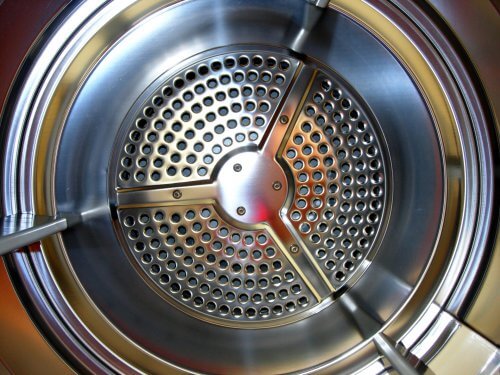
Step 1: Give the Drum a Deep Clean Using Baking Soda
Baking soda is one of the simplest and safest ways to refresh your washing machine.
What to do:
- Add 2 cups of baking soda directly inside the drum.
- Sprinkle ½ cup around the rubber seal, lifting it gently to reach underneath.
- Place another ½ cup inside the detergent drawer.
- Run a hot, long cycle.
This helps remove dirt, soap scum and bad odours that have built up over time.
eMop tip:
If you haven’t cleaned your machine in a while, repeat this cycle twice.
et it underneath – cover the entire surface. Place the rest inside the detergent drawer.
Step 2: Clean With White Vinegar
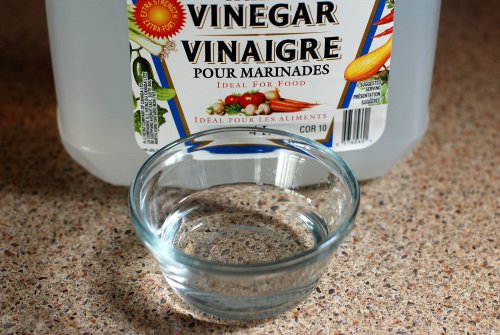
How to do it:
- Pour 2.5 cups of white vinegar into the drum.
- Optional: Add a few drops of your favourite detergent for a fresh scent.
- Run the machine on the hottest cycle available.
Leave the door open afterwards so everything can dry naturally.
eMop tip:
Never mix vinegar and bleach — always use them separately.
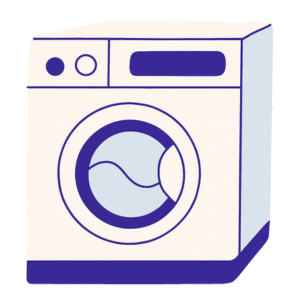
Step 3: Don’t Forget the Detergent Drawer
The detergent drawer is one of the most common places for mould and grime to build up.
How to clean it:
- Remove the drawer completely.
- Scrub it using hot water, washing-up liquid and an old toothbrush.
- Clean the drawer recess as well — this area often collects hidden dirt.
- Let it dry fully before putting it back.
If mould is still visible, soak the drawer in hot water mixed with a small amount of bleach.
Step 4: Clean the Filter (A Big Source of Smells)
A dirty washing machine filter can cause bad smells, slow drainage and lint on clothes.
How to clean the filter:
- Find the filter cover at the bottom front of the machine.
- Place a towel underneath — some water will drain out.
- Remove the filter slowly.
- Clear out any coins, hair, lint or small objects.
- Rinse the filter under hot water and scrub gently.
- Put it back securely.
eMop tip:
Cleaning the filter every 2–3 months keeps your machine in top condition.
Alternative Cleaning Methods
If you prefer other natural cleaning agents, here are some effective options:
Baking Soda + Citric Acid
- Great for removing limescale and deep odours.
- Run a long, hot cycle.
- Mix 1 cup citric acid with ½ cup baking soda.
- Add the mixture to the drum.
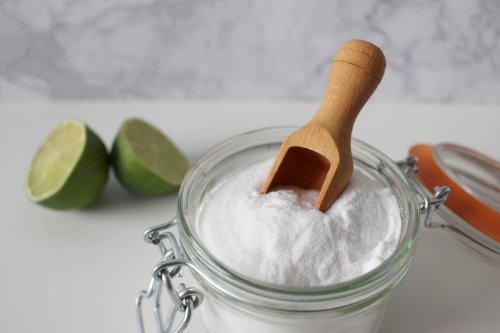
Hydrogen Peroxide
Ideal if you’re dealing with mould.
- Add 0.5–1 litre to the drum.
- Run a hot cycle.
Dishwasher Tablet
A quick-clean method:
- Place one unwrapped dishwasher tablet in the detergent drawer.
- Run a hot cycle and wipe any residue afterwards.

Use hydrogen peroxide to clean your washing machine
Here are the most common causes:
1. Detergent Build-Up
Too much detergent leaves residue. Reduce the amount you use — modern detergents are very concentrated.
2. Mould in the Rubber Seal
Check underneath the seal for dark or slimy marks. Clean with vinegar or hydrogen peroxide.
3. Dirty Filter
A clogged filter can cause strong smells and poor performance.
4. Low-Temperature Only Washes
Do at least one hot wash a week to keep the drum fresh.
5. Poor Airflow
Always leave the door open after each wash.
How to Keep Your Washing Machine Clean
- These small habits help prevent future problems:
- Leave the door open after every wash.
- Wipe the rubber seal weekly.
- Rinse the detergent drawer with hot water.
- Use less detergent to avoid build-ups.
- Remove washed clothes promptly.
- Run a maintenance wash monthly.
eMop tip:
HE (High Efficiency) detergents produce fewer suds — perfect for preventing mould.
FAQ
How to book:
- Go to our booking page: https://www.emop.co.uk/professionals
- Enter your postcode and choose a convenient time slot.
- Choose a deep clean.
- At checkout, add promo code EBLOG15 to get 15% off your clean.

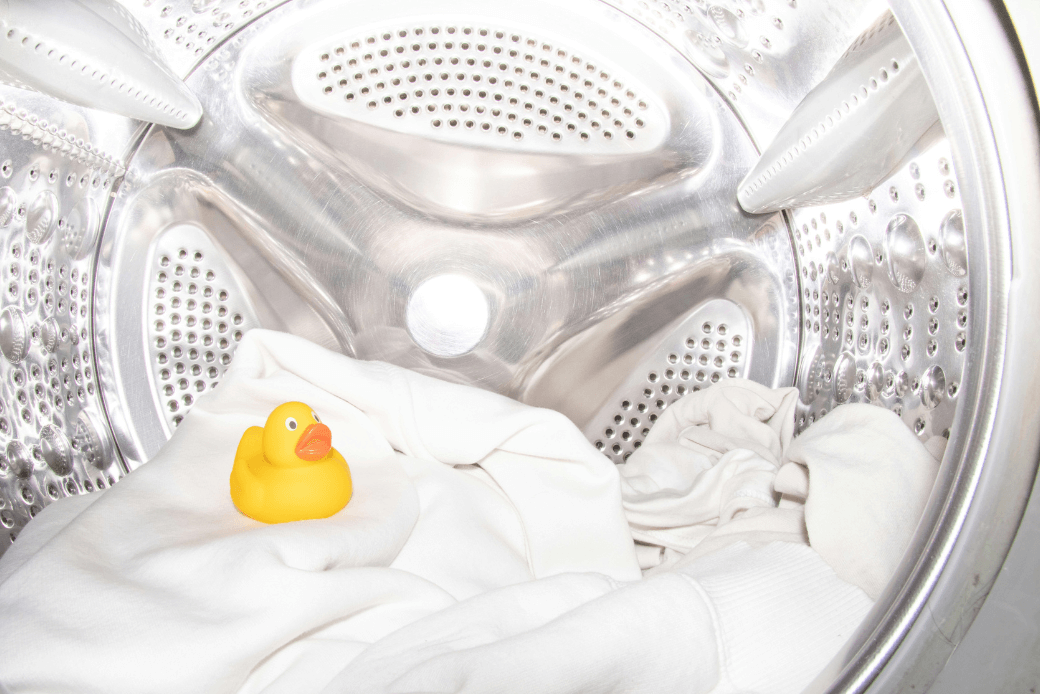


 Blog
Blog

 Previous Post
Previous Post